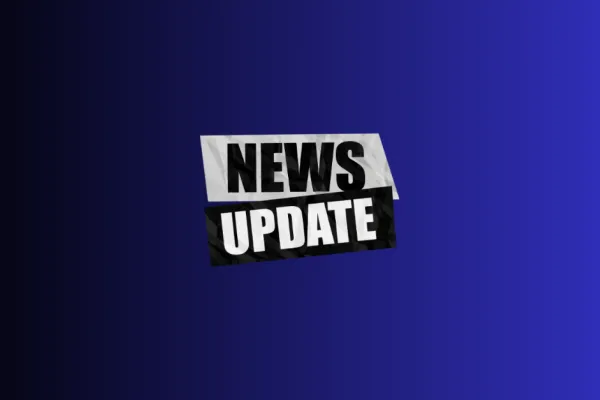The electronic campaign trail is a dusty road

In the 2006 mid-term election cycle, the internet played a unique role in determining who would control the 110th Congress. More recently, presidential hopefuls have been aggressively using online video on their websites.
Politics and the internet are a happy couple – for those who have access to the technology.
The fact is, video sharing sites and other interactive web features require more bandwidth than do other web tools. The greater the bandwidth, the higher the resolution and clearer the picture. The lower the bandwidth, the more times your video stops and starts – or doesn’t start at all.
Hence, the lower the connection speed, the less likely people can actively participate in online politics – whether that means watching a live web-chat or viewing a campaign ad on YouTube.
As video-sharing sites become a widely-used campaign tool, given the ability to reach a broad audience at a low cost, it is important to recognize who is being left behind. The more innovative and high-tech that politicians’ strategies become, the greater the infrastructure must be in place to support them.
On the Electronic Campaign Trail (Washington Post)
YouTube Election (New York Times)
Speed Matters Blog: The Limits of Online Political Participation
Broadband Brigade members turn out to protect good, union jobs and reliable broadband service
CWA condemns Trump NTIA changes to BEAD funding policies

